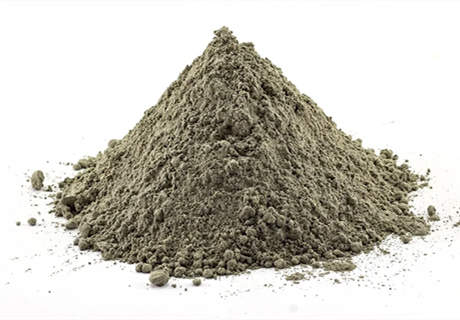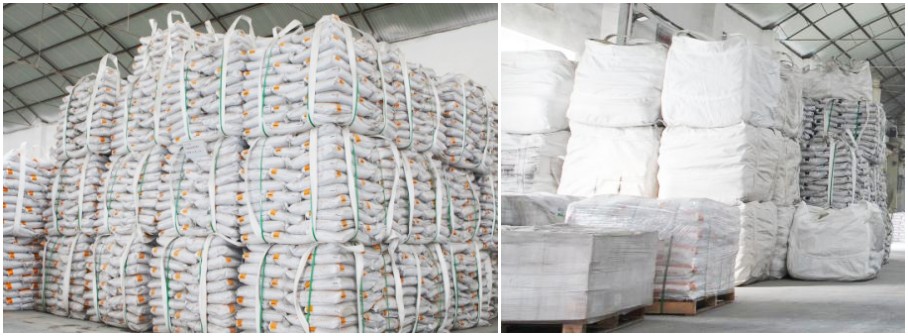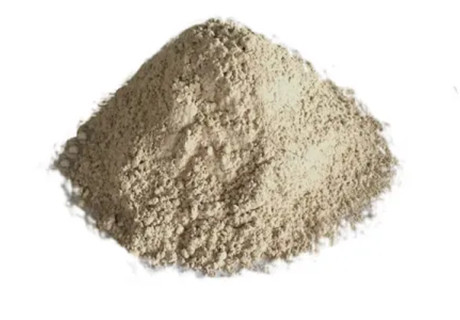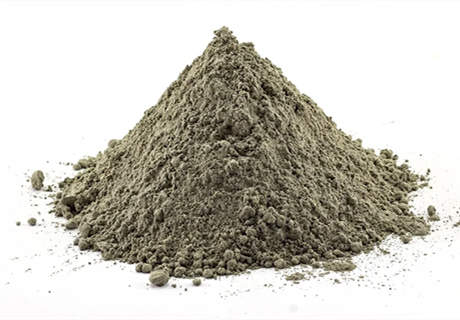
CA50 Refractory Cement
CA50 Model: A600, A700, A900;
Material: Calcium aluminate;
Quick hardening and early strengthening;
Anti-freezingStable corrosion resistance from surface effect;
Used for project done in winter and summer;
CA50 is a hydraulic binder with an alumina content of approximately 50%.The principal components of CA50 are calcium aluminates, which make it an ideal binder for refactory applications.
Brief Introduction
The rheological properties of CA50 are well adapted for all types of placing methods, particularly for casting and gunning. It is recommended for applications where rapid hardening propertes and excellent mechanical performances.
CA50 products are manufactured by sintering process in rotary kiln, represented by three product types A600. A700 and A900.
CA50-A600: A600 product has rapid hardening properities and high hydration exothermic rate, it' s widely recommended for conventional high cement castables such as high performance alkali resistance castables, high alumina castables and slag-stopping ball, etc.
CA50-A700: In comparison with A600, A700 product has lower impurities level, stable hardening properties and rapid strength development, it is recommended mainly to be used in low cement castables.
CA50-A900: A900 product is produced with selection of high purity materials, the alumina content of A900 is higher than other grades, and impurity oxides as like SiO2, Fe203 content is lower than that of A600 and A700. So, it is widely recommended for applications where stable hardening properties, good working ability and excellent mechanical performance are required. 
Technical Datas
| Brand | A600 | A600 | A700 | A700 | A900 | A900 |
| Refractory cement Types | Usual range | Specification limit | Usual range | Specification limit | Usual range | Specification limit |
| SiO2, % | 7.8-8.3 | ≤9.0 | 7.0-7.5 | ≤8.0 | 5.0-5.5 | ≤6.0 |
| Al203, % | 50.0-51.0 | ≥50.0 | 50.5-51.5 | ≥50.0 | 53.5-54.5 | ≥53.0 |
| Fe203, % | 1.5-2.5 | ≤3.0 | 1.5-2.5 | ≤3.0 | 1.5-2.0 | ≤3.0 |
| R20, % | - | ≤0.5 | - | ≤0.5 | - | ≤0.5 |
| S-, % | - | ≤0.2 | - | ≤0.2 | - | ≤0.2 |
| CI-, % | - | ≤0.06 | - | ≤0.06 | - | ≤0.06 |
| 325M(%) | - | ≤20 | - | ≤15 | - | ≤8 |
| Specific surface areas, ㎡/kg | - | ≥320 | - | ≥350 | - | ≥380 |
| Initial setting time IS | 50-120 | ≥30 | 50-120 | ≥30 | 150-210 | ≥150 |
| Final setting time FS | 90-180 | ≤360 | 120-210 | ≤360 | 210-300 | ≤360 |
| Flexural strength, Mpa | ||||||
| 1d | - | ≥5.5 | - | ≥6.5 | - | ≥8.5 |
| 3d | - | ≥6.5 | - | ≥7.5 | - | ≥9.5 |
| Compressive strength, Mpa | ||||||
| 1d | 45-55 | ≥40 | 50-60 | ≥50 | 70-75 | ≥70 |
| 3d | 50-60 | ≥50 | 60-65 | ≥60 | 80-85 | ≥80 |
Features
1. Early strength characteristics,
2. The heat of hydration is large,
3. Strong resistance to sulfate corrosion,
4. Good high temperature resistance,
Application
1. Used to prepare monolithic refractories.
2. Used to prepare cement for special purposes such as gypsum alumina expansion cement and self-stressing cement.
3. Projects with special needs such as rush construction, rush repair, anti-sulfate erosion and winter construction.


